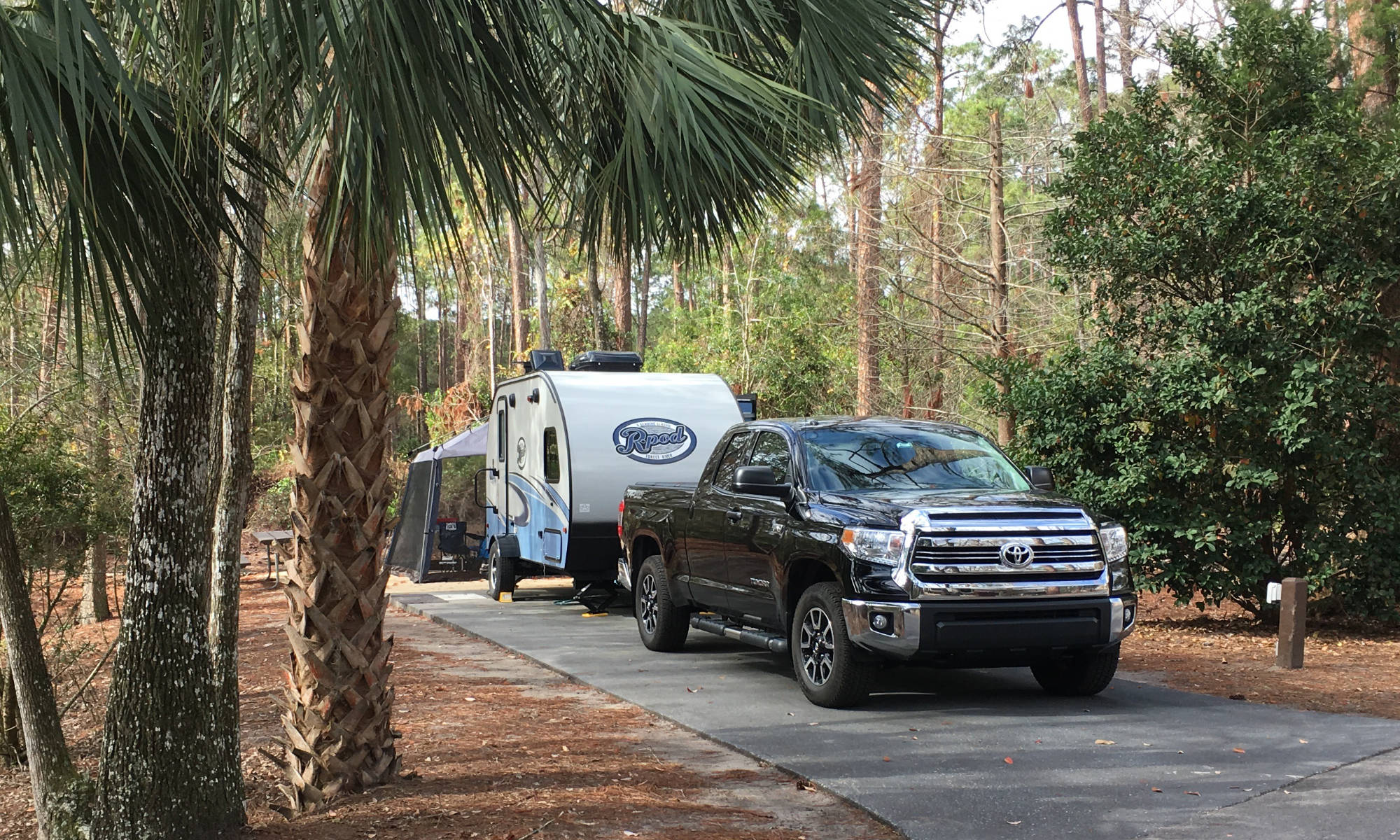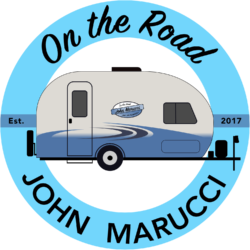Click here to sign up for reminders when new blogs are posted.
One of the more difficult tasks is to plan a well thought out trip with your RV. There are so many variables that it is easy to forget something or starting too late so that you miss a booking window to that special place you had in mind. In this blog, I’ll try to give some starter tips to trip planning.
Let me start by saying that I grew up in a travel family. My dad was an old-school travel agent, meaning he was around before and during deregulation (late 1970’s) and the internet (mid-1990’s). I remember well when he had a big mailing to his mostly educational travel clients. Everyone in the family pitched in getting the mailing out. It was a family business and my dad and mom were both heavily involved in his travel agency during my youth. Both my parents traveled extensively all over the world. I suppose I caught my dad’s travel bug and have been planning travel for decades now.
Over the years I have taken many trips and planned various family gatherings to distant places. In the past few years, I’ve leaned heavily into RV travel and the R-Pod specifically. I still enjoy planning trips, now just with different destinations and different goals. Overall, the ability to plan effectively transfers well to the RV lifestyle.
Why the “when and where” is important?
You may not think too much about it, but your destination is a different experience usually at different times of the year or even at different seasons of your life. Hawaii aside, almost every place you may think about visiting has very different climates during different times of the year. If you’ve always wanted to go to Florida, but the only time you can get away is when the kids are out of school in the summer, you need to count the cost. Likely, you will be in daily 90+ degree weather with serious humidity and afternoon storms much of the time.
Maybe you’d rather head north in summer and see some great spots in the upper Midwest where it is much cooler. It has to be better than the sauna of Florida at the same time, right? Well, not so fast. Some places north of 45 degrees latitude will be right in the middle of mosquito and black fly seasons if you time it wrong. No problem if you like the smell and constant application of bug spray. Otherwise, plan on being fresh meat to the little vermin. I’m speaking from painful experience. Interestingly, the very same cooler places can be almost entirely free of mosquitos if you only knew to head up four weeks later in the summer!
This is all to repeat one of my favorite proverbs from the Bible, “get wisdom, get understanding” (Proverbs 4:5). A bit of knowledge will make a huge difference. If you really want to go out west, for example, and late October is a when you can do it, you may need to get understanding of the weather, and not just where you plan to end up, but along the way. Last I checked there are these really tall mountains you have to cross to go out west unless you head way south. These same mountains in late October may prove somewhat difficult to your travel. So, while it may be 55 degrees in Saint Louis when you leave and 60 degrees at Salt Lake City when you arrive, it may be 17 degrees and blizzard-like conditions heading through the high elevations of the Rockies. So, getting wisdom about when and where you are traveling may make a huge difference.
So maybe your best idea is to stick to summer travel and avoid the potential winter weather. Of course, this also has trade-offs as generally when school is out, so are all the vacationers. If you think you’ll waltz into some of the more popular camping spots out west after Memorial Day unplanned, think again. With some foresight and planning, you may be able to snag that great slot at Yosemite Nation Park in July, but you may also be overwhelmed by the crowds or concerned by nearby forest fires. My point is, everything has trade-offs and risks and getting wisdom and understanding is essential to lowering these risks.
Becoming adept at two skills are in my mind the most essential to becoming a good travel planner. The first is learning how to use the tools that are available to us to do in-depth research, and the second is to fully understand the trade-offs of going where you are going when you are going. We just covered the latter, so let’s now focus on the former.
So, let’s look at the research tools available. First on my list is by far Google Maps. The reason I put this first is that it is way more than a map program and becoming good at using Google Maps will allow you to research almost any destination in minutes, see reviews, and plan more effectively. I not only find destinations on Google maps, I also then read reviews about the place I just found. You have to commit to reading several reviews, but generally you will get a good flavor of the place from the average review.
Remember when reading a bunch of reviews to discard things that are way outside the average. If most people are saying the campground needs some remodeling, then one person is head-over-heels in love with the place, likely discount the outlier. This can happen the other way as well, with almost everyone giving the campground solid marks and one person just happened to be there when a water heater quit and was being replaced. Again, throw out the outliers when reading reviews.
Another thing I use regularly is Google Maps “Nearby” feature. With it, you can find about anything near your destination. Are there restaurants anywhere nearby, how about museums or battlefields? So besides just plotting the best path to get there and seeing how many miles you will be driving, Google Maps is a world of information on your destination.
It is also a world of information on points of interest along the way. Yes, Mammoth Cave is just off I-65 going through Kentucky. Maybe it’s worth some change in planning to make a morning or afternoon to swing by and take a look? If you are only looking at your destination, you may miss significant opportunities along the way. Next Exit publication also does a great job of this but may be more for those who are winging it. As we are talking planning here, we’ll leave that for another blog.The second skill mentioned earlier is understanding trade-offs. In Economics, the term is called opportunity cost. It is how we measure the cost of what we lose out on when we make a decision. This may sound complicated, but we do this intuitively all the time. If I go to Florida in January, I can’t go to Texas at the same time. So, I lose out on everything a Texas trip might mean. There is the fine art in understanding trade-offs and risks. This skill isn’t easily taught, but generally, we all need to think through our choices of when and where we travel next and what inherent risks and trade-offs, we incur by doing so. Thinking this way when planning may save your trip.
All the best on your camping endeavors!
We’d love for you to join the On The Road Team by subscribing to the YouTube channel. If you want to dive deeper, we put more content and photos on Instagram and Twitter @JohnMarucci. You can also follow John on Facebook @JohnMarucciOnTheRoad.
As always, thanks to our teammates who support the channel by watching the YouTube Ads and by starting their shopping from the On The Road Amazon Storefront at: amazon.com/shop/johnmarucci. Your support is greatly appreciated!
Watch the more than 100 videos from John Marucci – On The Road!

